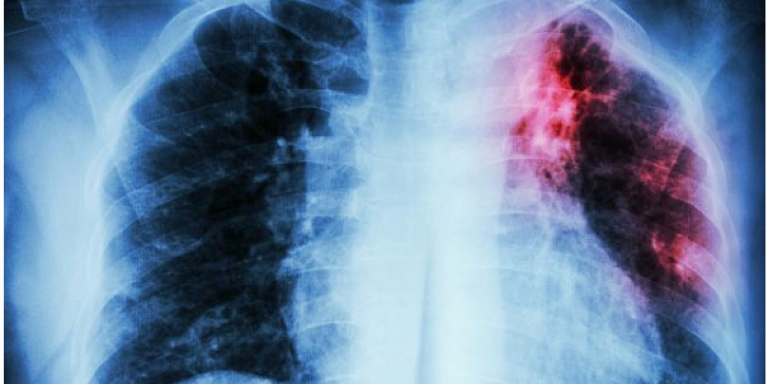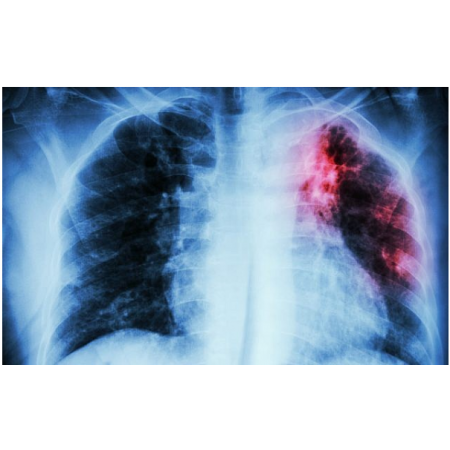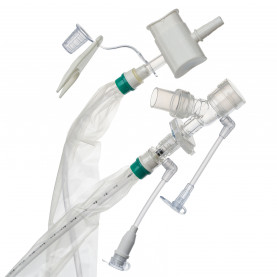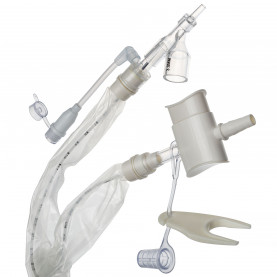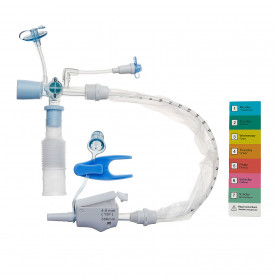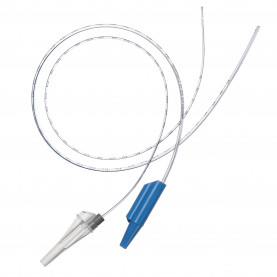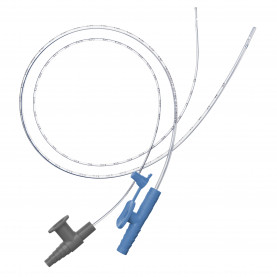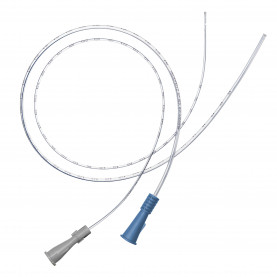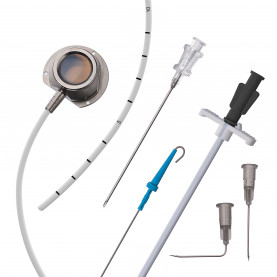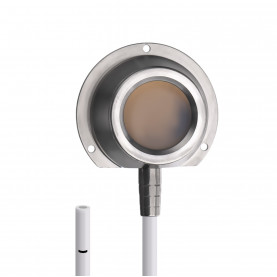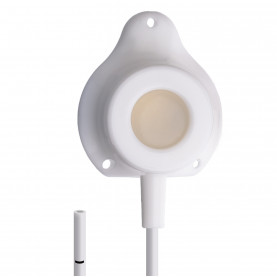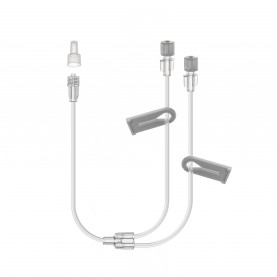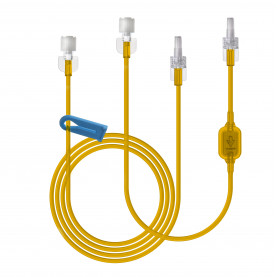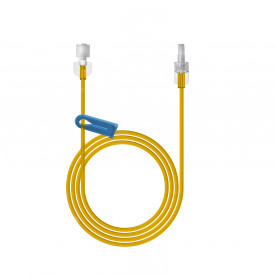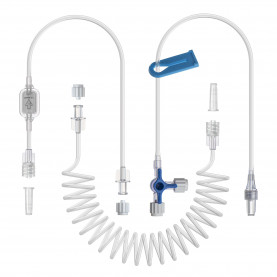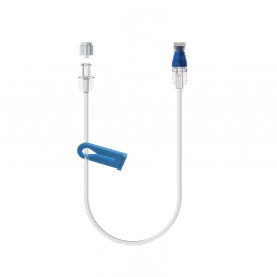Israel researchers develop algorithm that may help predict onset of tuberculosis
Weizmann Institute team says early interactions between immune cells and bacteria determine the outcome of illnesses.
Researchers at Israel’s Weizmann Institute of Science say they have developed an algorithm that may be able to predict the onset of bacterial diseases such as tuberculosis.
“When immune cells and bacteria meet, there can be several outcomes,” said Roi Avraham, whose team in the institute’s Biological Regulation Department at the institute conducted the research. “The immune system can kill the bacteria; the bacteria can overcome the immune defenses; or, in the case of diseases like tuberculosis, the bacterium can lie dormant for years, sometimes causing disease at a later stage and sometimes remaining in hibernation for good.”
What happens in the interaction between the immune cells and the bacteria early on, he said, “some 24-48 hours after infection,” is what can determine whether the person will develop a full-blown illness or not.
Thus, the researchers decided to find a way to study the early interactions between immune cells and the bacteria they respond to, to see how they affect the infection outcome.
Working initially with immune cells and the Salmonella bacterium, the researchers studied how each immune cell responded to the bacteria and mapped out the responses of each.
Based on this study, the researchers developed an algorithm that would enable them to extract similar information from other sets of data, including standard blood samples.
“The algorithm we developed,” said Noa Bossel Ben Moshe, who led the study, “is able to identify each immune blood cell and how it responds to the infection.”
So for example, the algorithm can show if a cell type A is activated by the infection and to what level, and do the same for other cell types, something that standard methods are not able to do today, as they do not track the activity of each cell type.
The algorithm then compares the levels of the various responses of the immune cells with the outcomes, checking to see if the person with those specific interactions developed full-blown tuberculosis or not. This algorithm model can then be used to predict whether a person showing those particular interactions will develop the disease or not. Using the algorithm, thus, the researchers confirmed their hypothesis: there were differences in how the interactions occurred, and these differences enabled the scientists to trace responses from the initial meetings to the later outcomes.
The first test of the algorithm was in blood samples taken from healthy people in the Netherlands. These samples were infected, in a lab dish, with Salmonella bacteria, and the immune response was recorded. While standard methods did not uncover differences between individuals, the algorithm found that the individuals differed in how their cells were activated upon infection, which was associated with their ability to control the infection.
The group then asked whether the same algorithm could be used to predict the onset of tuberculosis, which is caused by a bacterium that often chooses the third way — dormancy — and thus can hide out in the body for years. Up to a third of the world’s population carries the tuberculosis bacterium, though only a small percentage of these actually become ill.
Even so, some two million people die of the disease each year, mostly in underdeveloped areas of China, Russia and Africa.
For this part of the study, the researchers turned to another database – a British one that followed patients and carriers for a period of two years — so the group could apply the algorithm to blood samples from both groups, as well as from the subset who went from carrier to disease onset during that period.
The researchers found that the activity levels of immune cells called monocytes could be used to predict the onset and course of the disease.
Even though the algorithm developed by the researchers was based on the initial reactions of immune cells to Salmonella bacteria, which cause a very different type of illness than that caused by the tuberculosis bacteria, it was able “to predict, early on, which of the carriers would develop the active form of the disease,” said Shelly Hen-Avivi, a researcher on the team.
Once tuberculosis symptoms appear, patients have to take three antibiotics over the course of nine months, and antibiotic resistance has become rampant in these bacteria. “If those who are at risk of active disease could be identified when the bacterial load is smaller, their chances of recovery will be better,” says Avraham. “And the state medical systems in countries where tuberculosis is endemic might have a better way to keep the suffering and incidence of sickness down while reducing the cost of treatment.”
The researchers intend to continue in this line of research – to expand their own database on tuberculosis and other pathogens in order to refine the algorithm and work on developing the tools that may, in the future, be used to predict who will develop full-blown disease. With the refined algorithm further avenues of research may lead to methods of predicting the course of a number of infectious diseases, they said.

